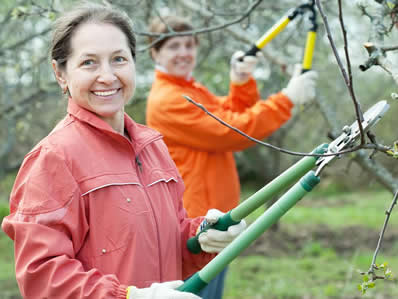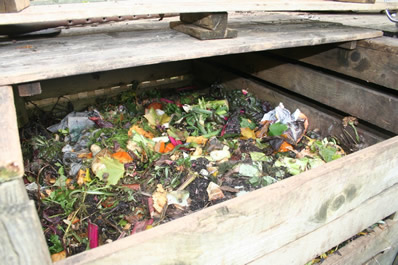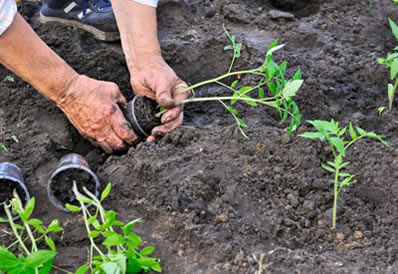How to
-

Prune trees and shrubs
Follow the "Best Management Practices for Pruning Landscape Trees, Shrubs and Ground Covers" published by the University of Tennessee Extension office.
-

Make compost
1. Construct a bin for your compost.
2. Fill your bin with a balanced mixture
3. Layer or mix the different materials in your bin so that they come into contact with one another and so that you avoid any large clumps.
4. Turn your pile regularly, once every week or two.
5. Decide whether to add slow rotting items such as tough branches, twigs and hedge clippings; wood ash; wood shavings and wood pruning.
6. Know what not to compost.
7. Harvest your compost.
There are many excellent resources on the internet. The steps above came from http://www.wikihow.com/CompostAlso check out a resource written by Andrew Scott of WellGardening.com called "The Science of Composting."
-

Grow Vegetable Transplants for Home Gardens
Some of the most frequently grown and productive vegetables are commonly set into the garden as transplants. These include tomatoes, peppers, eggplant, head lettuce, cabbage, cauliflower, broccoli and brussels sprouts. Other vegetables that are some times set as trans plants include kohlrabi, cantaloupe, watermelon, summer squash, okra and cucumbers.
Read more from a detailed PDF file from Tennessee Research and Creative Exchange. -

